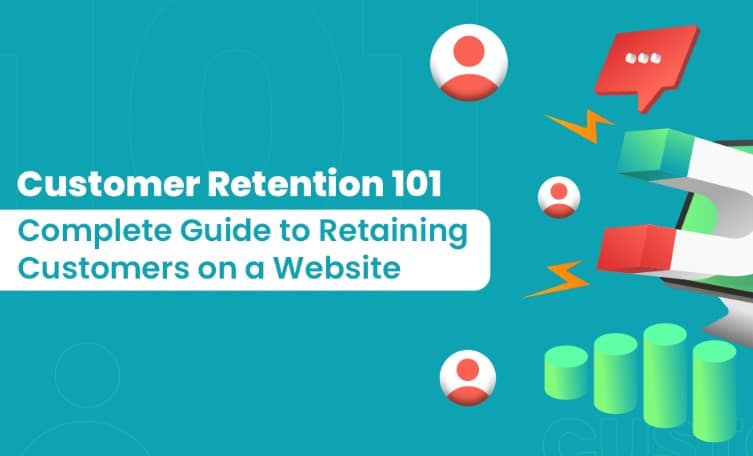Customer Retention 101: Using CRM to Keep Your Clients Happy – In today’s business world, customer retention is crucial. Companies must learn to keep their clients happy to maintain a loyal customer base and generate revenue. Customer relationship management (CRM) is a powerful tool that businesses can use to achieve this goal. In this article, we’ll explore the basics of customer retention and how to use CRM to keep your clients happy.

Introduction
Customer retention is the process of keeping existing customers loyal to your business. It is much more cost-effective than trying to attract new customers. According to Harvard Business Review, increasing customer retention rates by 5% can increase profits by 25-95%. CRM is a software system that helps businesses manage their customer relationships.
Why Customer Retention is Important
- Cost-effective: It is much cheaper to retain an existing customer than to acquire a new one.
- Loyal customers spend more: Existing customers are more likely to spend more money than new customers.
- Word-of-mouth advertising: Loyal customers are more likely to refer friends and family to your business.
Understanding CRM
- What is CRM?
- Benefits of CRM
- Types of CRM systems
- How to choose the right CRM system for your business
Using CRM to Keep Your Clients Happy
- Collecting customer data: Collect data on your customers’ preferences, purchase history, and behavior.
- Analyzing customer data: Analyze the data to identify patterns and insights into your customers’ behavior.
- Personalization: Use the data to personalize your marketing and communication to meet your customers’ needs.
- Automating customer interactions: Use automated communication tools to reach out to customers at the right time with the right message.
- Feedback and surveys: Use feedback and surveys to understand your customers’ satisfaction levels and make improvements where needed.
Best Practices for Using CRM
- Train your staff: Make sure your staff is trained to use the CRM system effectively.
- Keep your data clean: Regularly update and clean your customer data to ensure it is accurate.
- Segment your customers: Segment your customers by behavior, demographics, and preferences to personalize your marketing.
- Be proactive: Use the data to anticipate customer needs and reach out to them before they have an issue.
- Monitor metrics: Monitor customer satisfaction, retention rates, and other metrics to track the success of your CRM strategy.
What is the difference between customer retention and customer acquisition?
Customer acquisition refers to the process of bringing in new customers to your business, while customer retention is focused on keeping existing customers loyal to your business. While both are important, customer retention is often more cost-effective and leads to long-term profitability.
How does CRM help with customer retention?
CRM software helps businesses collect and analyze customer data, which can be used to personalize communication and anticipate customer needs. By using this data to provide a better customer experience, businesses can improve customer satisfaction and increase retention rates.
What are some examples of CRM systems?
There are many different CRM systems available on the market, including Salesforce, HubSpot, and Zoho CRM. Each system has its own strengths and features, so it’s important to research and choose the one that best fits your business needs.
Is CRM only for big businesses?
No, CRM software can be beneficial for businesses of all sizes. Small businesses can benefit from CRM by using it to improve customer communication and personalize marketing efforts.
How long does it take to see results from a CRM strategy?
The time it takes to see results from a CRM strategy will vary depending on the business and the specific strategy being used. However, businesses can start seeing improvements in customer satisfaction and retention rates within a few months of implementing a CRM system.
In conclusion, customer retention is essential for the success of any business. By using CRM software to collect and analyze customer data, businesses can provide a better customer experience and increase retention rates. By following best practices for using CRM and monitoring metrics, businesses can develop a strong customer retention strategy that leads to long-term profitability.
Conclusion
Customer retention is crucial for the success of any business. CRM is a powerful tool that businesses can use to keep their clients happy and maintain a loyal customer base. By collecting customer data, analyzing it, and using it to personalize communication, businesses can improve customer satisfaction, increase retention rates, and boost revenue.
FAQs
- What is the difference between customer retention and customer acquisition?
- How does CRM help with customer retention?
- What are some examples of CRM systems?
- Is CRM only for big businesses?
- How long does it take to see results from a CRM strategy?